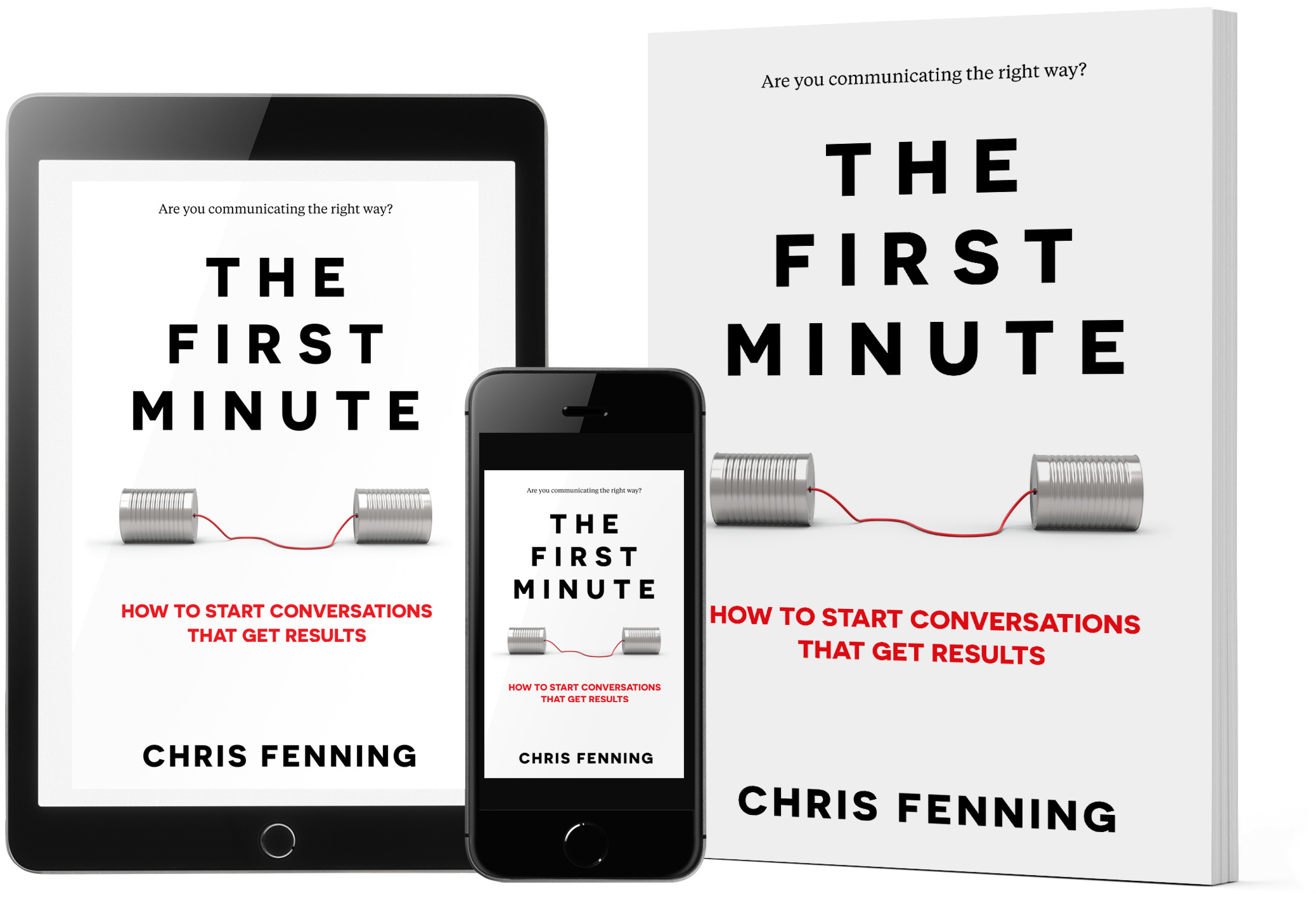“I want to be long-winded and unclear,” said no one, ever.
Being brief is a critical skill to have, and is a key part of what makes great communicators great. Most of us already know the importance of being brief. Coaches tell us to be clear in our writing at school, managers ask us to be concise when giving presentations at work, and we are told to be succinct when answering interview questions.
But there is more to being brief than knowing that we should do it. Here are three things you may not know about being brief.
1. Most communication courses talk about the importance of being brief but don’t talk about how to be brief
Look up any communication course or attend communication training and you will probably hear about the importance of being brief, clear, and concise. Coaches explain that to be a great communicator, you should not ramble or be long-winded. They talk about sticking to one topic, getting to the point, and summarising things using the key information only.
The problem with this approach is that while everyone talks about the need to be clear and concise, very few people explain exactly how to do it. It is one thing to know that you should do something, but it is quite another to know how to do it.
If you’re thinking this post is just another example of someone saying you should be brief, you’re right. But over the next month, I’ll be sharing lots of posts with tips and techniques for how to be brief. Sign up to my newsletter to get these sent directly to your inbox.
2. When brevity is done well you don’t even notice it
It is easy to spot bad communication. We always know when someone has been talking for too long or hasn’t got to the point fast enough. But is it as easy to spot good communication?
We see great examples of being brief every day, but we don’t consciously recognize them. One of the most common examples is in the news. News outlets have perfected how to summarise a story to deliver information clearly and concisely. In this world of the eight-second attention span, they have to get a message across quickly and clearly otherwise we lose interest and move on to the next thing.
While we always recognize communication that isn’t brief enough, we accept good, brief communication without it making a lasting impression on us.
3. One of the best books about being brief was written in 1990
In 1990, Milo O. Frank wrote a 120-page book (which is short compared to most self-improvement books) called How to Get Your Point Across in 30 Seconds or Less. This fantastic book is a clear and simple to use guide for how to be clear and concise. It uses lots of examples and real-life situations to explain techniques and is also an entertaining read.
Multiple authors have created similar books in the years since. Still, those books are longer (250+ pages), some don’t have as many practical examples, and none can match Milo’s text for explaining how to be clear and concise in a way that is itself clear and concise (ironic, eh?).
I think we can all agree, clear and concise communication is important. What you now know is that lots of people talk about why we need it but not how to do it. You often experience succinct communication, most often in the media, but might not ever have noticed how good the communication was. And every so often someone writes a good book about how to do it.
Learn more with my book
The First Minute

My multiple award-winning book is a step-by-step guide for clear, concise communication in everyday work conversations.
Being concise is not about trying to condense all the information into 60 seconds. It’s about having clear intent, talking about one topic at a time, and focusing on solutions instead of dwelling on problems.
Throughout this book you’ll discover how to:
- Have shorter, better work conversations and meetings
- Get to the point faster without rambling or going off on tangents
- Lead your audience toward the solution you need
- Apply one technique to almost every discussion, email, presentation and interview with great results
